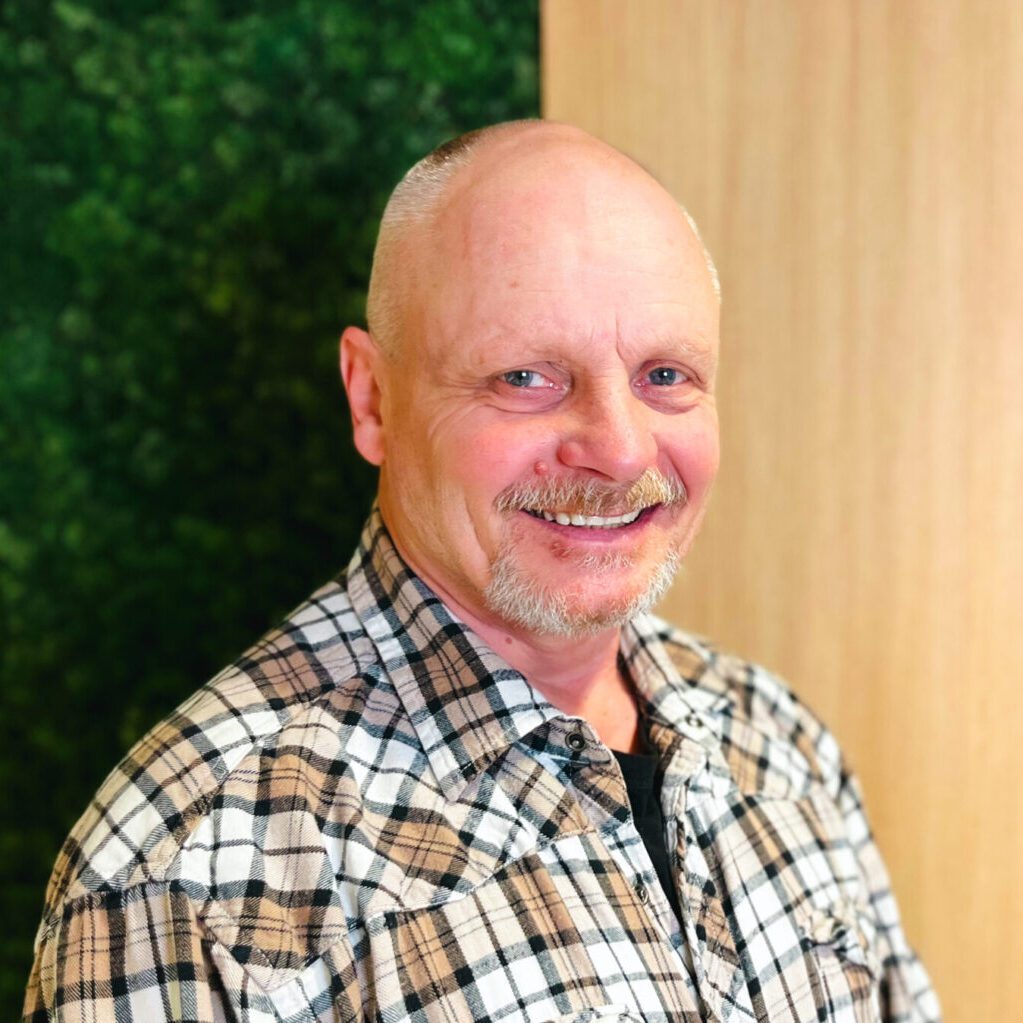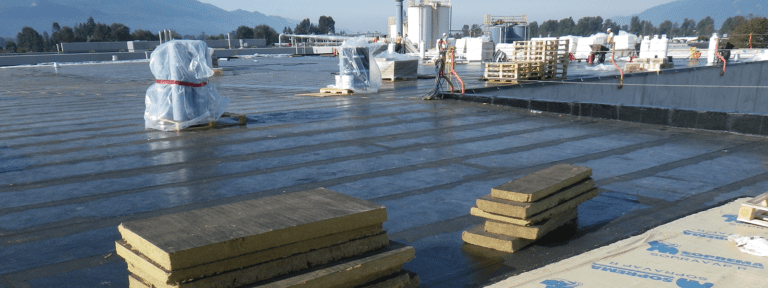We undertook a research and product development study to assist our client, Dörken Systems (then Cosella-Dörken), in developing best practices for window rough opening preparation and window installation using their DELTA®-VENT SA membrane, DELTA®-FLASH, and other products.
The Project
Our team performed material compatibility and field exposure testing to ensure the compatibility of materials. We also developed several proven alternate window rough opening preparation details using Dörken’s products and RDH’s best practice window installation details.
Alternate configurations included flanged and non-flanged windows, pre-strip versus cut-out window openings, and use of the DELTA corner-reinforcing product. Each detail was assembled by a contractor and video documented prior to installing windows and conducting air and watertightness testing at RDH’s window testing facility. Upon successful completion of the tests, our team drew each detail in 3D and produced guides to show step-by-step detailing.
The Result
We produced a set of videos and two builder guides for Dörken Systems and provided hands-on training to Dörken’s technical and sales staff.
WATCH:
- DELTA®-VENT SA – Window Installation Details: Strip-in Method, Rebate Window
- DELTA®-VENT SA – Window Installation Details: Cut-out Method, Flange Window
- DELTA®-VENT SA – Window Installation Details: Strip-in Method, Rebate Frame
- DELTA®-VENT SA – Window Installation Details: Cut-out Method, Flange Frame






